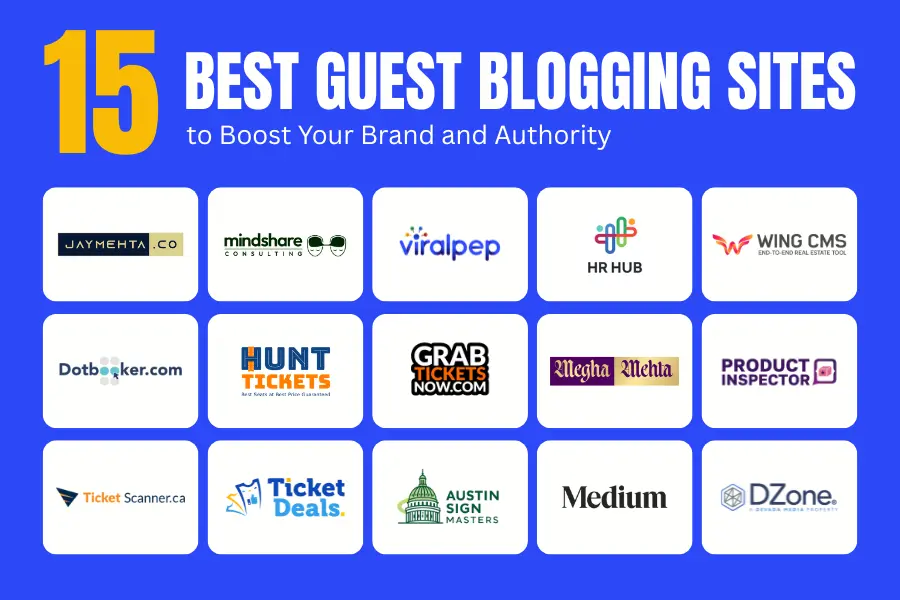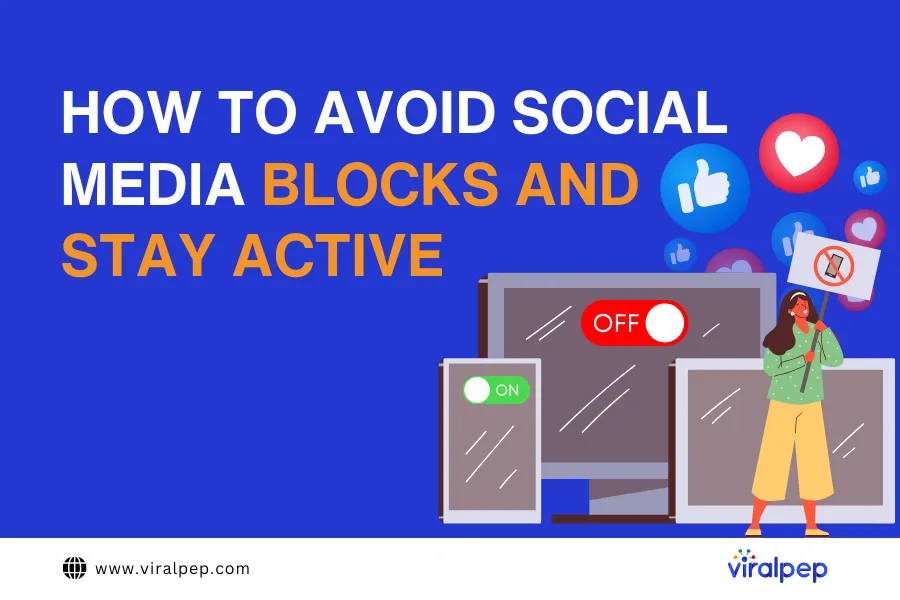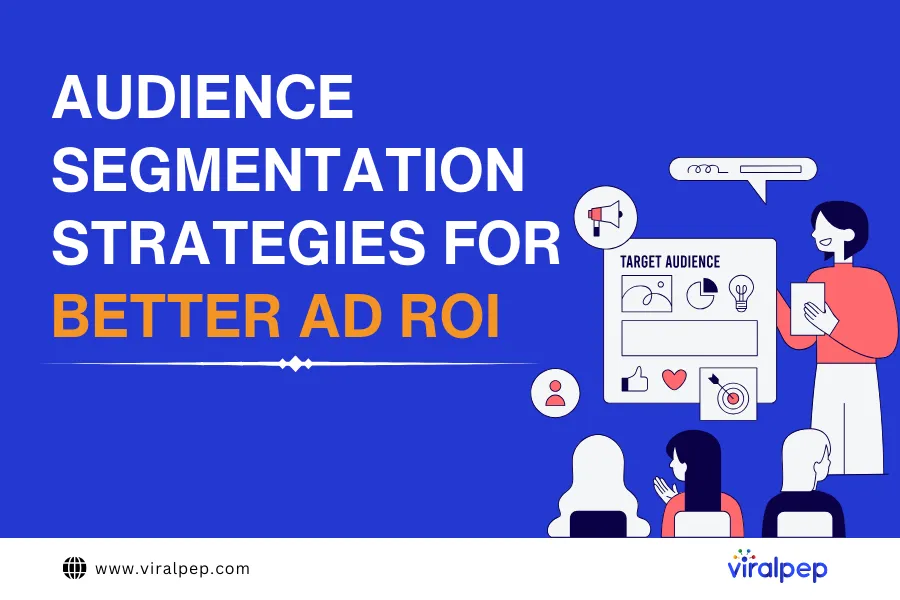In the fast-paced world of social media, timing is everything. Whether you’re a small business, an influencer, or a brand aiming to maximize your online presence, understanding the optimal times to post can significantly impact your reach and engagement. With platforms like Facebook, Instagram, Twitter, and LinkedIn constantly evolving, it’s essential to stay updated on the latest trends and insights to ensure your content reaches the right audience at the right time. Fortunately, tools like Viralpep can help you navigate this dynamic landscape and unlock the full potential of your social media strategy.
Why Timing Matters
Before delving into the specifics of when to post on different social media platforms, let’s first understand why timing matters. The timing of your posts can influence various factors, including:
1. Audience Activity
Different demographic groups and target audiences are active on social media at different times of the day. By posting when your audience is most engaged, you increase the likelihood of your content being seen and interacted with.
2. Algorithmic Factors
Many social media platforms utilize algorithms to determine which content appears on users’ feeds. Posting at strategic times can help your content gain traction and visibility within these algorithms, increasing its chances of reaching a wider audience.
3. Competition:
With countless brands and individuals vying for attention on social media, timing can be a competitive advantage. Posting when there is less competition for attention can help your content stand out and capture the audience’s interest.
4. Time Zones:
If your target audience spans multiple time zones, posting at the right time ensures that your content is visible to users regardless of their geographical location.
The Best Times to Post on Different Platforms
While there is no one-size-fits-all approach to determining the best posting times, several studies and insights can help guide your strategy. Let’s explore the optimal posting times for some of the most popular social media platforms:
1. Facebook
Facebook remains one of the largest and most influential social media platforms, with billions of active users worldwide. According to research, the best times to post on Facebook are:
- Weekdays: 9:00 AM to 3:00 PM
- Wednesday: 11:00 AM and 1:00 PM
2. Instagram
With its visually-driven content and engaged user base, Instagram is a powerhouse for brands and influencers alike. The best times to post on Instagram are:
- Weekdays: 11:00 AM to 1:00 PM
- Wednesday: 11:00 AM and Friday: 10:00 AM to 11:00 AM
3. Twitter
Twitter’s fast-paced nature makes timing especially critical for maximizing engagement. The best times to tweet on Twitter are:
- Weekdays: 9:00 AM to 11:00 AM
- Wednesday and Friday: 9:00 AM
4. LinkedIn
As a professional networking platform, LinkedIn’s optimal posting times cater to a business-oriented audience. The best times to post on LinkedIn are:
- Weekdays: 8:00 AM to 10:00 AM and 12:00 PM to 1:00 PM
- Tuesday: 10:00 AM to 11:00 AM
How Viralpep Can Help
Now that you understand the importance of timing your social media posts let’s explore how Viralpep can streamline and enhance your social media scheduling process. Viralpep is a comprehensive social media management tool designed to empower businesses and individuals to manage their social media presence effectively. Here’s how it can benefit you:
1. Automated Scheduling
Viralpep allows you to schedule your posts in advance, ensuring that your content is published at the optimal times without manual intervention. By automating your scheduling process, you can save time and focus on creating compelling content.
2. Analytics and Insights
Viralpep provides valuable social media analytics and insights into your social media performance, including engagement metrics, audience demographics, and post reach. By leveraging these insights, you can refine your posting strategy and optimize your content for better results.
3. Multi-Platform Support
Whether you’re managing multiple accounts or targeting different platforms, Viralpep supports a wide range of social media networks, including Facebook, Instagram, Twitter, LinkedIn, and more. With Viralpep, you can streamline your social media management across various platforms from a single dashboard.
4. Collaboration Features
For teams and agencies, Viralpep offers social media collaboration tool that enable seamless communication and workflow management. From assigning tasks to reviewing content drafts, Viralpep facilitates collaboration among team members, ensuring that everyone is aligned and productive.
Conclusion
In conclusion, knowing the best time to post on social media is essential for maximizing your reach, engagement, and overall effectiveness. By understanding your audience’s behavior, leveraging data-driven insights, and utilizing tools like Viralpep, you can optimize your social media strategy and achieve your marketing goals. Whether you’re a seasoned marketer or just starting, mastering the art of timing can elevate your social media presence and drive meaningful results. So, embrace the power of timing, experiment with different posting schedules, and watch your social media efforts soar to new heights with Viralpep by your side.












